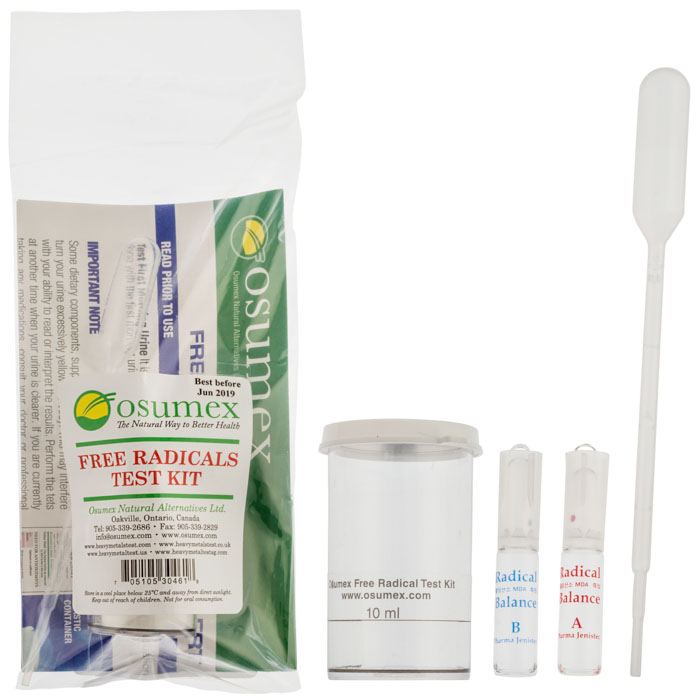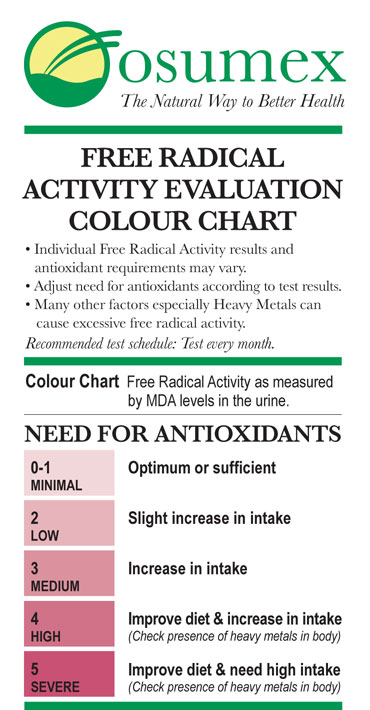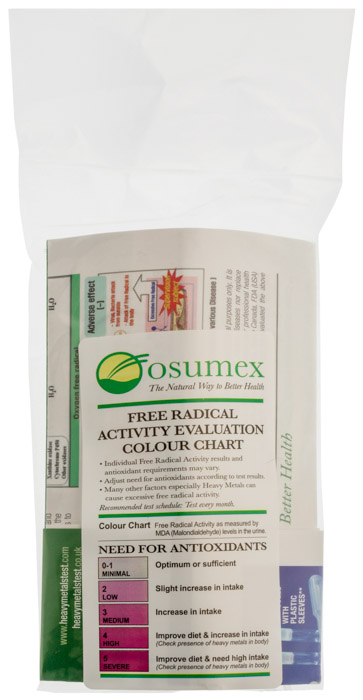|
| Free Radicals - where and how formed |
| Free Radicals cause aging |
|
|
|
Free Radicals cause Aging
Excessive free radical activity has been shown in studies and clincal trials to cause aging.
Doctors Cranton and Frackelton dramatically underline the importance of dealing with free radicals:
When free radicals in living tissues exceed safe levels, the result is cell destruction, malignant mutation, tumor growth, damage to enzymes
and inflammations, which manifest clinically as age-related, chronic degenerative diseases. Each uncontrolled free radical has the potential
to multiply a million-fold. But, when functioning properly, our antioxidant systems suppress excessive free radical reactions. They point out
that the life expectancy of mammals (such as ourselves) is in direct proportion to the free radical control enzymes, like
superoxide dismutase.
Dr. Barja G of the Faculty of Biology, Complutense University, Madrid, Spain linked free radicals and aging as:
Aging is characterized by decrements in maximum function and accumulation of mitochondrial DNA mutations, which are best observed in organs
such as the brain that contain post-mitotic cells. Oxygen radicals are increasingly considered responsible for part of these aging changes.
Comparative studies of animals with different aging rates have shown that the rate of mitochondrial oxygen radical generation is directly
related to the steady-state level of oxidative damage to mitochondrial DNA and is inversely correlated with maximum longevity in higher
vertebrates. The degree of unsaturation of tissue fatty acids also correlates inversely with maximum longevity. These are the two known
traits connecting oxidative stress with aging. Furthermore, caloric restriction, which decreases the rate of aging, proportionately decreases
mitochondrial oxygen radical generation, especially at complex I. These findings are reviewed, highlighting the results obtained in the brain.
There are many more studies and researches linking excessive free radical activity in the body to diseases such as aging and cancers. The 2
observations above on their own should concern us enough to regularly check free radicals in our body to make sure they are under control. If
not then the appropriate antioxidants must be used to bring such free radical activity under control.
Looking for an effective antioxidant to control excessive free radicals?
Consider Osumex Flax Hulls which has a high
ORAC** value of 19,600 and a powerful antioxidant. It is also a most nutritious fibre!
**ORAC (Oxygen Radical Absorbance Capacity) is a method of measuring antioxidant capacities of different foods
Osumex Free Radical Test kit - see sample kit below



Malondialdehyde (MDA) is a by-product of free radical activity and this is what the test kit measures.
It is recommended that you test at least once a week, if excessive free radical activity is found, until it is brought under control, or
once a month or at least once every few months to make sure free radicals in the body are not running rampant!

The above information is provided for general
educational purposes only. It is not intended to replace competent
health care advice received from a knowledgeable healthcare professional.
You are urged to seek healthcare advice for the treatment of any
illness or disease.
Health Canada and the FDA (USA) have not evaluated these
statements. This product is not intended to diagnose, treat, cure, or prevent
any disease.
|


